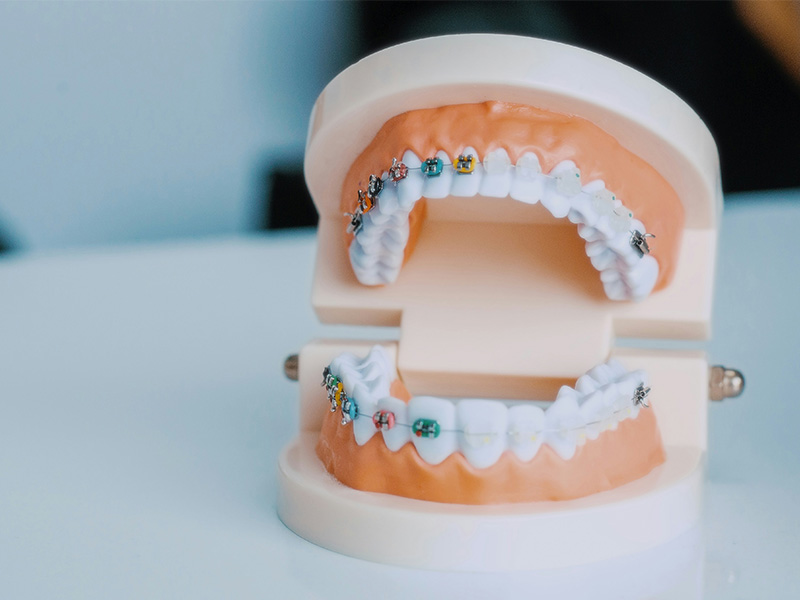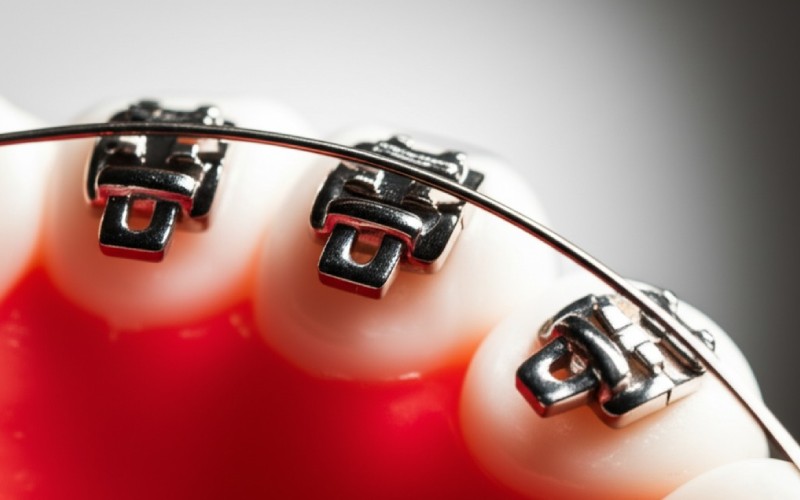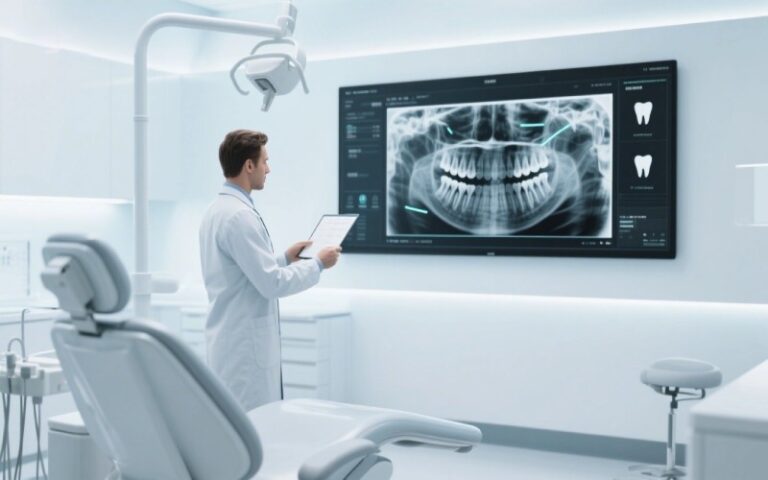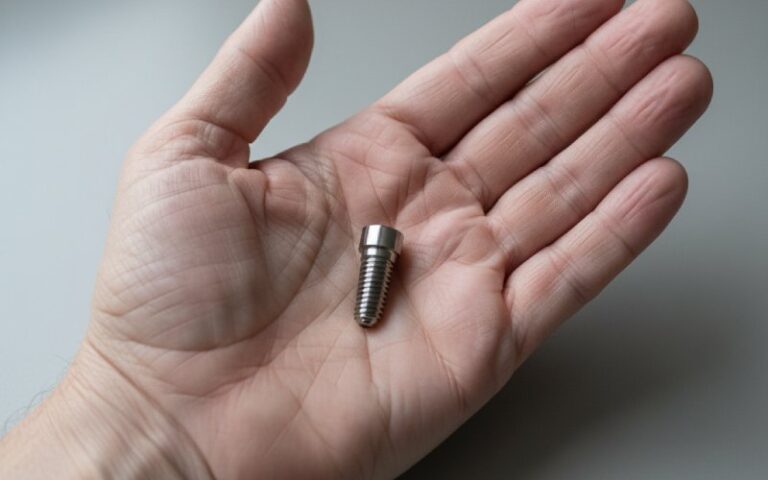
Self-Ligating Braces vs Traditional Braces: Which Bracket an Orthodontist Might Suggest for You
When talking about getting your teeth straight, you hear terms like self-ligating braces vs conventional braces and your head starts to spin. This article will break down the big debate: self-ligating braces vs traditional braces. We will look at how each type of bracket works, what it means for your comfort, and how long you might be in treatment. By the end, you’ll have a clear idea of what to discuss with your orthodontist.
Table of Contents
What Are Traditional Braces and How Do They Work?
Let’s start with the classic choice: traditional braces. You’ve seen these metal braces before. They have been a trusted method for straightening teeth for a very long time. They work using a few key parts. First, a small metal bracket is glued to each tooth. Then, a thin metal wire, called an archwire, is placed over the brackets. This wire is what gently pulls your teeth into the right place.
The key feature of traditional braces is how they hold the wire in place. They use elastic ties to do this. You might know these as the little colored rubber bands that people get to choose at each visit. These elastic ties, or sometimes thin metal ties, are wrapped around each bracket to hold the archwire securely. This method is called ligation. The constant pressure from this system is what helps correct even very misaligned teeth.
What Makes Self-Ligating Braces So Different?
Now, let’s talk about the newer technology: self-ligating braces. They look a bit like traditional braces, but they have a very important difference. The unique design of self-ligating brackets does not need elastic bands. Instead, each bracket has a small, built-in clip or door that closes over the wire. This special door mechanism is part of the bracket itself.
This innovative design means the archwire is held in the bracket without the need for an elastic tie. The wire can move more freely inside the bracket. This is the main idea behind the self-ligating design. Think of it like a train on a track with less resistance. Because there are no bands, this type of appliance can feel a little smoother in your mouth. This modern bracket is a big step forward in orthodontic appliances.
Do Self-Ligating Braces Mean Fewer Trips to the Orthodontist?
Will you spend less time at the orthodontist’s office? With self-ligating braces, the answer is often yes. Because there are no elastic bands to hold the wire, your appointments can be faster. The orthodontist simply opens the clip on each bracket, makes a change, and closes it again. There is no need to remove and replace a tiny elastic tie on every single tooth.
This efficiency also affects how often you need to go. The self-ligating design allows for longer appointment intervals. Your teeth keep moving for a longer period without needing an adjustment. This means you require fewer visits over the course of your treatment. Fewer and faster appointments are a big plus for busy people. This is one of the many benefits of this modern bracket system.

Is There Less Discomfort with Self-Ligating Braces?
No one likes pain, so let’s talk about discomfort. Any type of braces will cause some soreness, especially after an adjustment. But many people report less discomfort with self-ligating braces. This is because of friction. Traditional braces create more friction and pressure because the elastomeric ties press the archwire tightly into the bracket. This creates frictional resistance.
The goal of self-ligating brackets is to reduce friction. Since the wire can slide more freely, there is less friction on your teeth. This often means a gentler force is used to move teeth, which can make the process more comfortable. This is why many feel that self-ligating braces are easier on your teeth, especially during the initial treatment phase when you are just getting used to them. It leads to less discomfort overall.
How Do These Two Brace Types Affect My Oral Hygiene?
Keeping your teeth clean is super important during any orthodontic treatment. Good oral hygiene prevents cavities and gum problems. Here, self-ligating braces have a clear advantage. The elastic ties on traditional braces can be a problem. They are known to trap food particles and plaque, making it harder to brush and floss effectively.
With self-ligating braces, there are no ties around the bracket. This creates a sleeker surface that is easier to clean. It’s much simpler to brush around each bracket and keep your gums healthy. Better oral hygiene is a huge benefit. Of course, you still need to be careful with either type, but maintaining good oral hygiene can be less of a chore with a self-ligating appliance.
Are Self-Ligating Braces Faster than Traditional Braces?
Everyone wants to know if they can get their braces off sooner. The question of treatment time is a big one. Because self-ligating braces are designed to reduce friction, they may offer greater freedom of tooth movement. This efficiency and efficacy can sometimes lead to a shorter overall treatment time.
Some studies and orthodontists report that using self-ligating technology can shorten treatment by a few months. A shorter treatment is a great outcome. However, the total time required for your orthodontic treatment depends on your specific case. Things like how much your teeth need to move, if you have overbites, or if your teeth are very crowded will all affect your timeline. Your orthodontist is the best person to give you an estimate.
What Are the Different Types of Self-Ligating Braces?
Just when you thought you understood it all, there are different types of self-ligating braces. The two main categories are passive and active. These types of self-ligating brackets refer to how the clip on the bracket interacts with the archwire. Knowing the difference can help you understand the application methods your orthodontist might use.
Passive self-ligating brackets have a simple sliding door. The wire sits inside the bracket slot without any active pressure from the clip. This design creates very low friction and is often used at the beginning of treatment to allow for quick tooth movement. Active self-ligating brackets have a spring clip that presses on the wire. This gives the orthodontist more control and torque to guide teeth into their final, precise new positions.

Which Appliance Is More Discreet to Wear?
Looks matter to many people. Standard metal braces are very noticeable. The good news is that both bracket systems offer more discreet options. The design of self-ligating brackets is often smaller and less bulky than the twin brackets used for traditional braces. This alone can make them look a little better.
For those who want a truly subtle look, self-ligating braces are also available in clear or ceramic materials. These blend in with the color of your teeth, making them much less obvious. While clear aligners are another option for a nearly invisible treatment, ceramic self-ligating braces provide a great balance for people who need the power of a bracket but want a more discreet appearance.
How Does the Cost Compare for Each Type of Bracket?
The price tag is always a factor. Generally, self-ligating braces have a higher upfront cost than traditional braces. The technology behind the advanced bracket is more expensive to make. Each self-ligating bracket is a more complex piece of engineering.
However, you should think about the total value. With fewer adjustments and potentially less time in treatment, some of that cost might be balanced out. You will also spend less time traveling to and from the orthodontist’s office. The best way to understand the costs for your dental care is to have a consultation. Your orthodontist will explain the prices and payment options for both traditional braces and self-ligating braces.
Self-Ligating Braces vs Traditional Braces: Which Is Right for Me?
So, after all this, what’s the final answer in the self-ligating braces vs traditional braces debate? The truth is, both are excellent tools for creating a beautiful smile. The best choice depends on your specific dental needs, your lifestyle, and your budget. Your orthodontist will perform a full exam of your dentofacial structure and look for issues like misaligned teeth or problems that might require an extraction.
Your orthodontist’s advice is key. They will recommend the appliance that will give you the best result. They might suggest self-ligating braces if you want more comfort and fewer appointments. They might suggest traditional braces if your case is complex and requires their specific type of ligation. Some people might even be candidates for clear aligners. The goal is the same: to give you the healthy, straight smile you deserve. The many braces offer a path to that goal.




